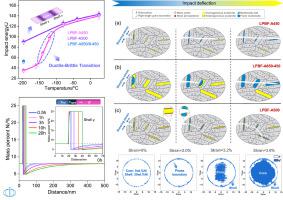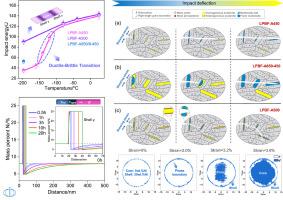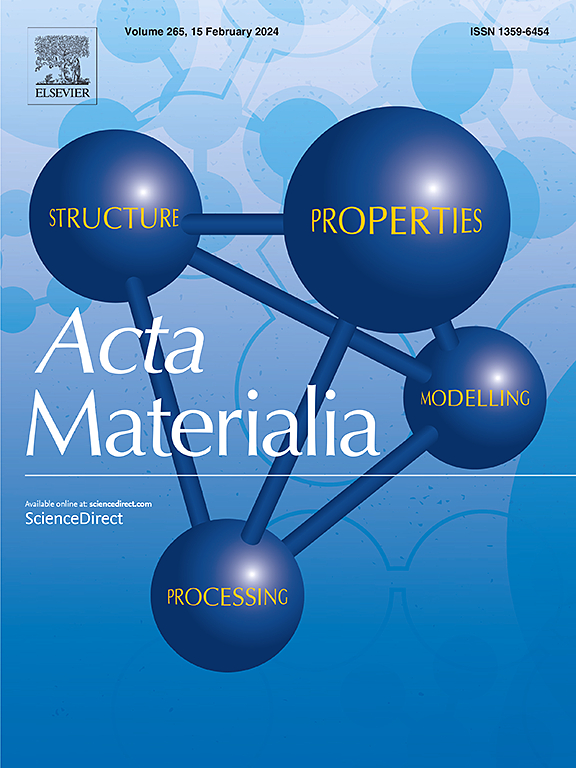On the role of chemically heterogeneous austenite in cryogenic toughness of maraging steels manufactured via laser powder bed fusion
Abstract
Steels manufactured via Laser powder bed fusion (LPBF) usually exhibit a good synergy of strength and ductility due to their ultrafine microstructure. Yet, their toughness, in particular cryogenic toughness is intrinsically inferior as the formation of micro-voids and oxide inclusions can hardly be fully prevented during LPBF. In this study, a toughening strategy based on chemically heterogenous metastable austenite was proposed to improve the impact toughness of LPBF manufactured high strength steels. As demonstrated in a maraging stainless steel, cryogenic (-196 °C) impact toughness can be enhanced by three times without a sacrifice of strength via tailoring chemically heterogenous austenite in the strong martensitic matrix. Both experiments and molecular dynamic simulations demonstrate that upon impact deformation chemically heterogenous austenite could transform into martensite in a stepwise manner, which could not only absorb massive energy via deformation induced martensite transformation but also make a contribution to local stress mitigation, crack passivation and deflection. The chemically heterogenous austenite strategy has the potential to be utilized for improving the toughness of other high-strength steels.



| 公司名称 | 产品信息 | 采购帮参考价格 |
|---|
 求助内容:
求助内容: 应助结果提醒方式:
应助结果提醒方式:


